Growing Interest in Sustainable Practices
The Encapsulated Lactic Acid Market is benefiting from the growing interest in sustainable practices across various sectors. As industries strive to reduce their environmental impact, the demand for biodegradable and eco-friendly ingredients is on the rise. Encapsulated lactic acid, derived from renewable resources, aligns with these sustainability goals. The market is expected to see a growth rate of around 6% as companies increasingly prioritize sustainable sourcing and production methods. This trend is particularly evident in the food, pharmaceutical, and personal care sectors, where consumers are more inclined to choose products that reflect their values. Thus, the Encapsulated Lactic Acid Market is likely to thrive as sustainability becomes a key driver of consumer choice.
Rising Demand in Pharmaceutical Applications
The Encapsulated Lactic Acid Market is witnessing a significant rise in demand within the pharmaceutical sector. Encapsulated lactic acid is utilized in drug delivery systems, where it serves as a biodegradable carrier for active pharmaceutical ingredients. This application is particularly appealing due to the growing emphasis on biocompatibility and safety in drug formulations. The pharmaceutical segment is expected to account for a substantial share of the encapsulated lactic acid market, with projections indicating a growth rate of around 7% annually. As pharmaceutical companies continue to innovate and develop new formulations, the Encapsulated Lactic Acid Market is poised to benefit from this trend, as encapsulated lactic acid offers enhanced stability and controlled release properties.
Expansion of Personal Care and Cosmetic Products
The Encapsulated Lactic Acid Market is also experiencing growth due to its expanding use in personal care and cosmetic products. With an increasing consumer focus on skin health and wellness, encapsulated lactic acid is being incorporated into formulations for its moisturizing and exfoliating properties. The market for encapsulated lactic acid in personal care is projected to grow at a rate of approximately 5% over the next few years. This growth is attributed to the rising demand for natural and effective ingredients in cosmetics, as consumers seek products that are both safe and effective. As a result, the Encapsulated Lactic Acid Market is likely to see increased adoption by cosmetic manufacturers aiming to enhance product efficacy.
Increasing Application in Food and Beverage Sector
The Encapsulated Lactic Acid Market is experiencing a notable surge in demand due to its increasing application in the food and beverage sector. As consumers become more health-conscious, manufacturers are seeking natural preservatives and flavor enhancers. Encapsulated lactic acid serves as an effective solution, providing both preservation and taste enhancement. The market for encapsulated lactic acid in food applications is projected to grow at a compound annual growth rate of approximately 6.5% over the next five years. This growth is driven by the rising preference for clean label products, which are perceived as healthier and more natural. Consequently, the Encapsulated Lactic Acid Market is likely to expand as food manufacturers increasingly adopt encapsulated lactic acid to meet consumer demands.
Technological Innovations in Encapsulation Techniques
The Encapsulated Lactic Acid Market is poised for growth due to ongoing technological innovations in encapsulation techniques. Advances in microencapsulation and nanotechnology are enhancing the efficiency and effectiveness of encapsulated lactic acid, allowing for improved stability and controlled release. These innovations are expected to drive market growth at a rate of approximately 5.5% over the next few years. As manufacturers adopt these advanced techniques, they can create more effective products that meet the evolving needs of consumers. This technological progress not only enhances product performance but also opens new avenues for application across various industries. Consequently, the Encapsulated Lactic Acid Market is likely to benefit from these advancements, leading to increased adoption and market expansion.


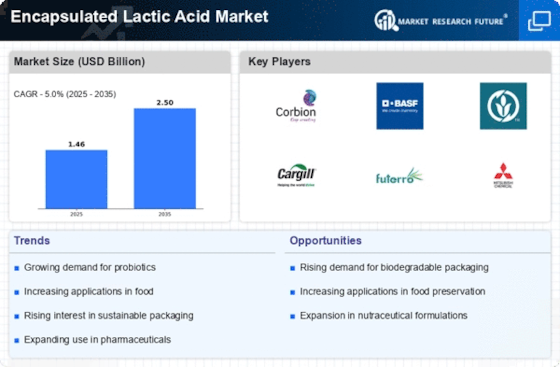
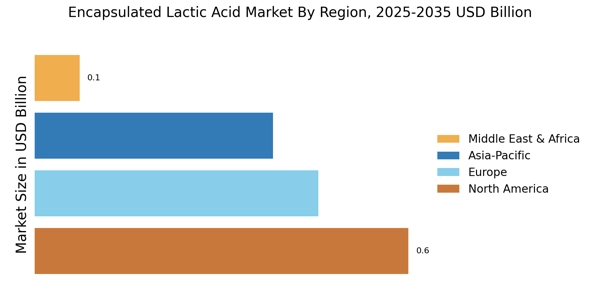


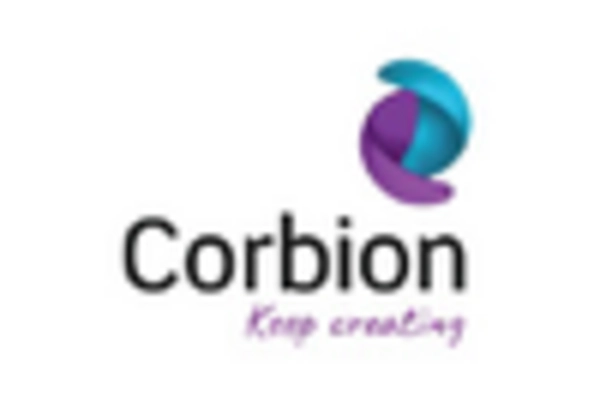
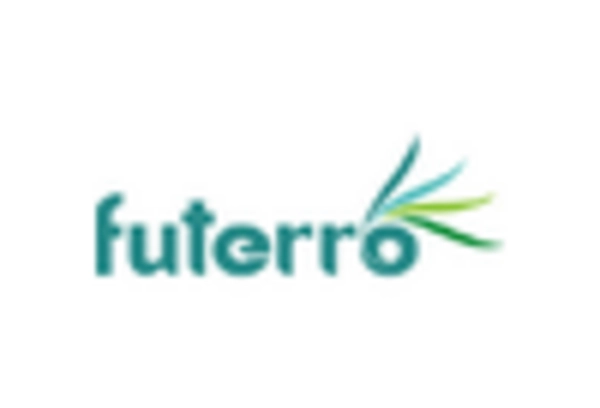

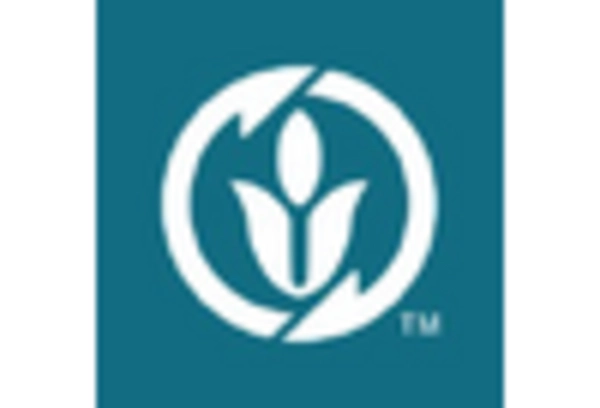








Leave a Comment